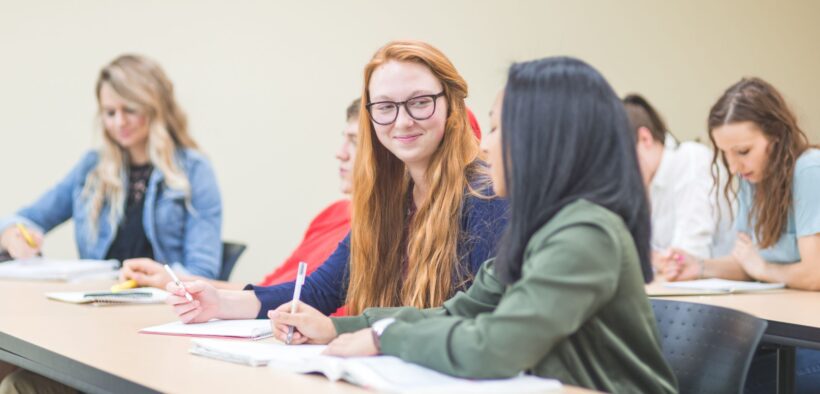How do you approach the final weeks of your course? Most of us include some sort of summation activity: a final review, a course evaluation, sometimes a reflective paper.
Recently, I have begun to incorporate these kinds of activities much earlier in my courses, with good results for learning and for those final teaching evaluations.









